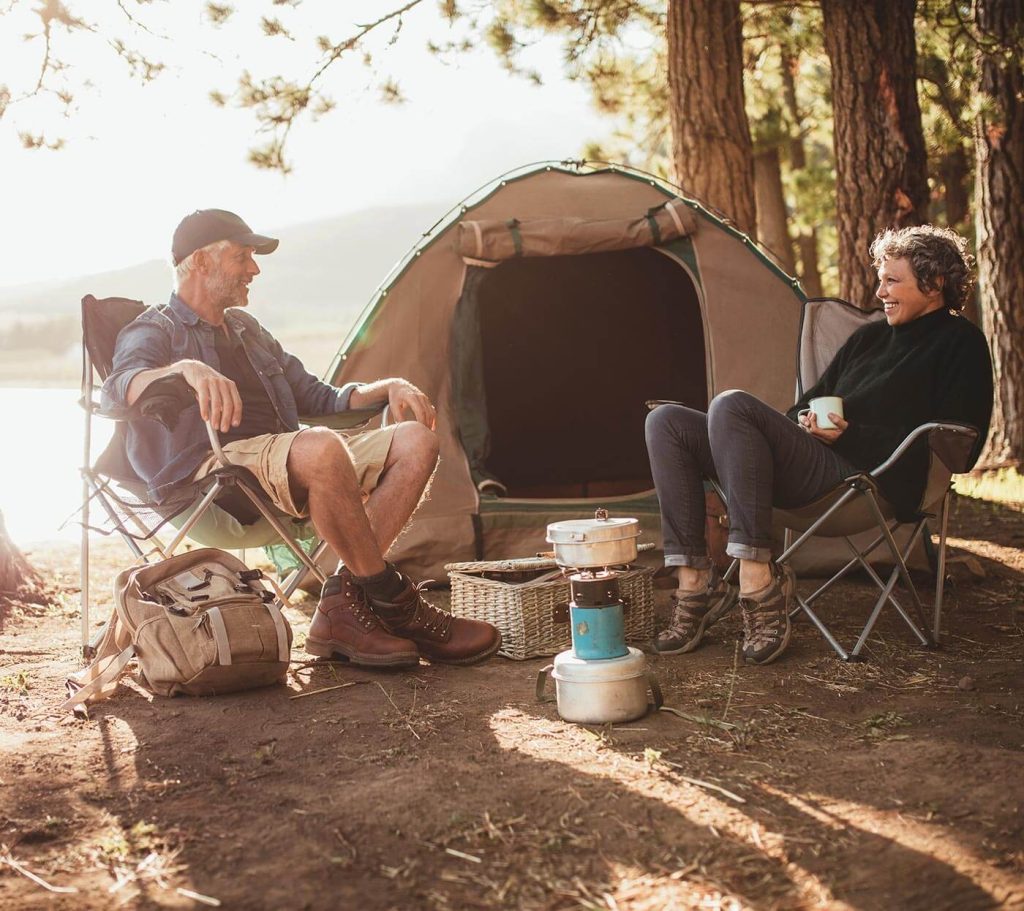For many adventurers, the choice of a Kingray sleeping bag is crucial. Synthetic sleeping bags, often the go-to for many, promise reliability and warmth. But how do they stand up to wet or damp conditions? This article dives into that very question.
How synthetic sleeping bags work
- Most synthetic sleeping bags use a type of polyester as insulation. Unlike natural down, this synthetic fill is designed to maintain warmth even when damp.
- In dry conditions, these bags excel by providing warmth, ease of care, and often, a less expensive price tag.
- However, every type of insulation has its advantages and disadvantages, with synthetic being no exception.
Synthetic sleeping bags vs. wet conditions
- Water is known to be an insulation killer. However, synthetic fills are designed to insulate even when wet, to a certain extent.
- The structure of synthetic fibers allows them to resist moisture absorption, thereby reducing the loss of warmth.
- While not entirely waterproof, synthetic bags outperform down in damp conditions by retaining more insulating capabilities.
Additional factors to consider
- Breathability plays a significant role. A synthetic sleeping bag that can’t breathe may lead to condensation inside, even if it’s waterproof from the outside.
- Many synthetic bags come with a durable water-repellent (DWR) finish to fend off moisture.
- Setting up a proper tent, using tarps, and ensuring no water pools beneath are additional ways to guard against wetness.
Tips for maintaining synthetic sleeping bags in wet conditions
- Before embarking on a trip, check weather conditions and equip yourself with tools like a sleeping pad or a bivy sack to prevent ground moisture seepage.
- If your bag does get wet, it’s vital to dry it as soon as conditions allow. Turning it inside out can expedite the drying process.
- Using a bag liner can add a layer of protection and is easier to dry than the entire bag.
Alternatives to synthetic sleeping bags in damp or wet conditions
- A. Down sleeping bags, with their plush feel and efficient packability, suffer when exposed to moisture. Wet down clumps together, losing its insulating properties.
- B. Hybrid bags combine down and synthetic fills to offer the best of both worlds.
- C. Ultimately, no sleeping bag is entirely immune to wet conditions, but some fare better than others.
Conclusion
To sum it up, synthetic sleeping bags offer a reliable choice for those braving damp or wet terrains. Their ability to insulate when wet sets them apart from traditional down bags. However, no bag can provide 100% protection against wet conditions, so it’s essential to be prepared. Choose the right bag, follow the manufacturer’s care instructions, and equip yourself with the k


